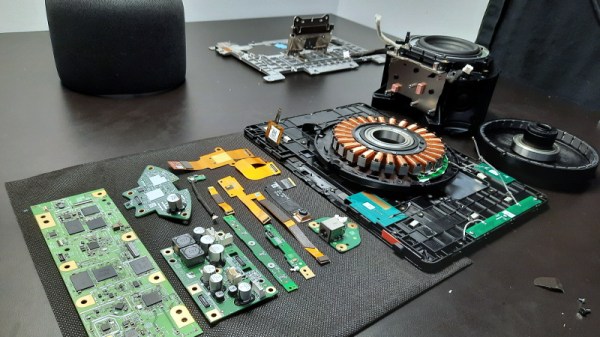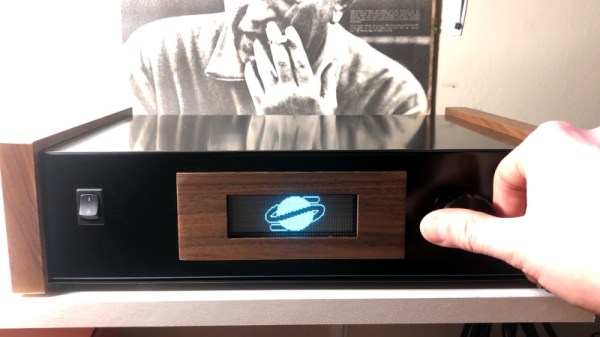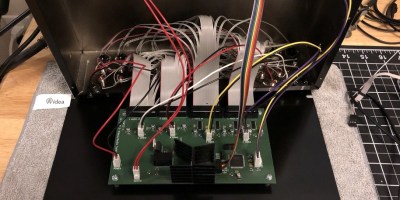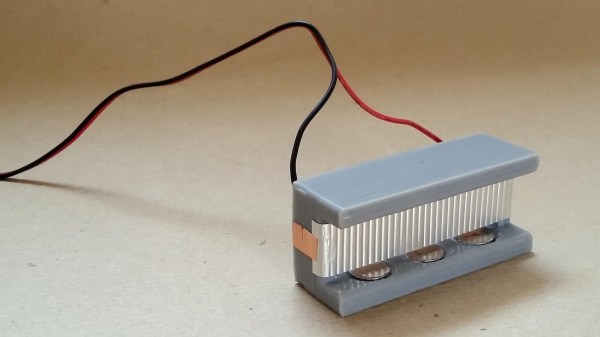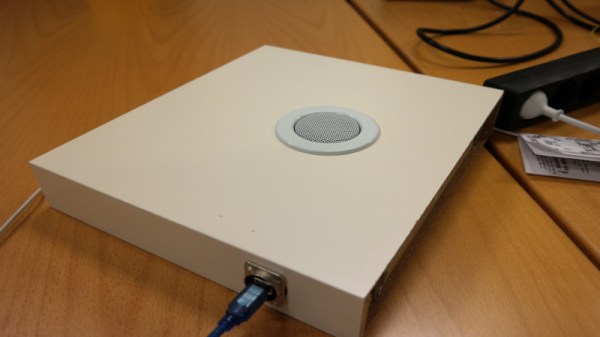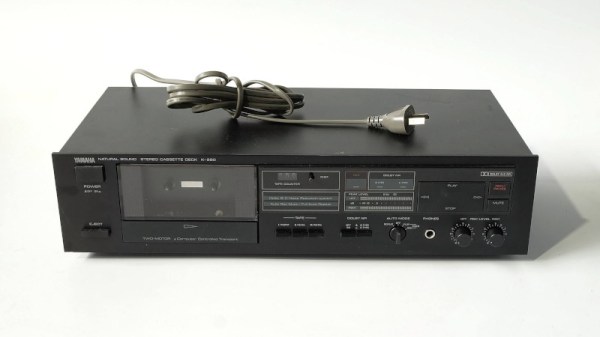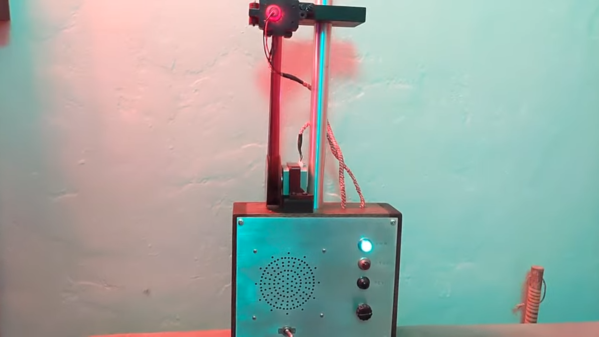When Amazon released the original Echo, it was a pretty simple affair. Cylinder, some LEDs on top, done. Then they came out with the Echo Dot, which was basically the same thing, but shorter. It seemed like there was a pretty clear theme for awhile, but then at some point Amazon decided it would be a good idea to start producing Echo devices in every form factor imaginable, from wall plugs to literal sunglasses, and things got a lot more complicated. As a perfect example, take a look at this teardown of the third generation Echo Show 10 by [txyzinfo].
Granted the base still looks a bit like the Echos of old, but the family resemblance stops there. As you can probably gather from the name, the Show features a high resolution 10.1 inch LCD panel, greatly improving the number and type of advertisements Amazon is able to force on the user. In true Black Mirror fashion, there’s even a brushless motor in the base that allows the machine to rotate the display towards the user no matter how hard they try to escape.
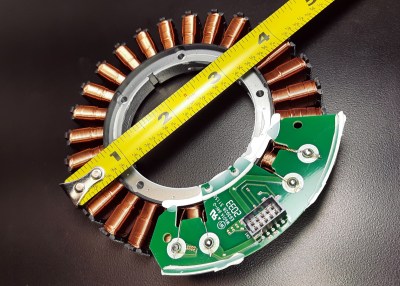
The teardown is presented with no commentary; in both the video below and on the Hackaday.IO page, all you’ll find are clear and well-lit images of the device’s internals. But for those who are just interested in what the inside of one of these $250 USD gadgets looks like, that’s all you really need.
At this point, it doesn’t seem like [txyzinfo] is trying to reverse engineer the Show or figure out how it all works, and looking at the complexity of that main board, we’re not surprised. Still, it’s a marvel to look at all the hardware they packed into such a relatively small device.
If you’re looking for a more technical examination at the newer Echo devices, [Brian Dorey] did some impressive poking around on the third generation Dot in 2019 and [electronupdate] went as far as decapping a few of the chips inside the Flex. On the software side of things, check out the recent efforts to craft an open source firmware for the original Echo.
Continue reading “Taking A Peek Inside The Newest Echo Show 10”

